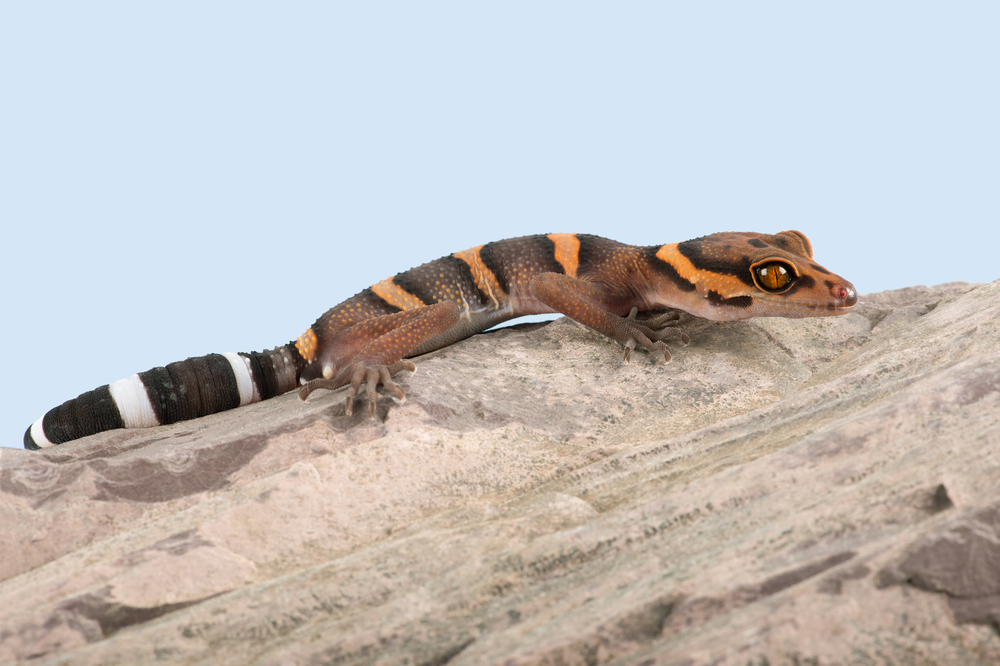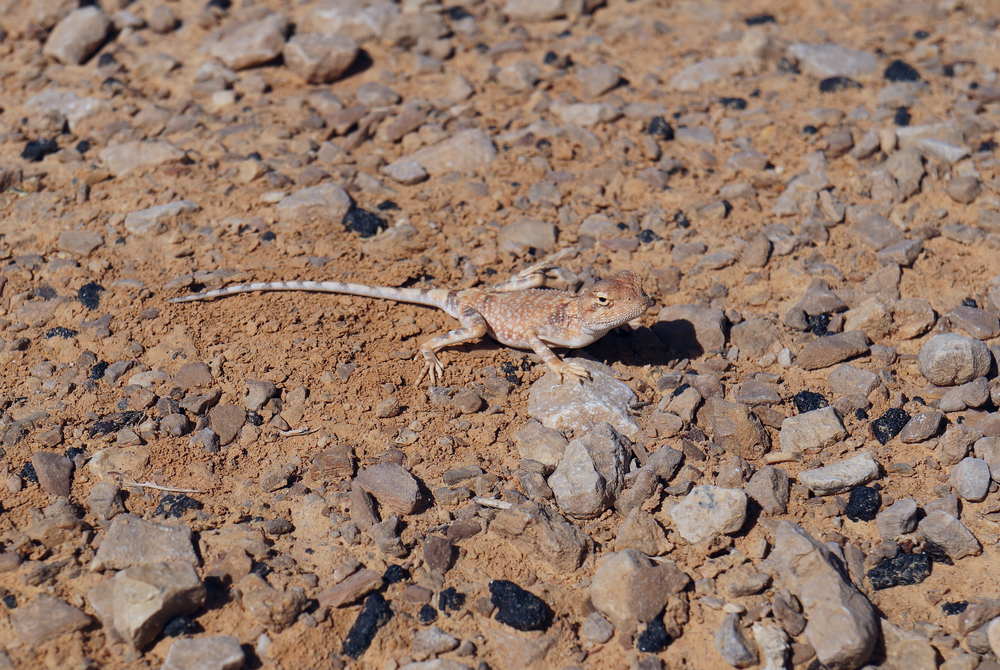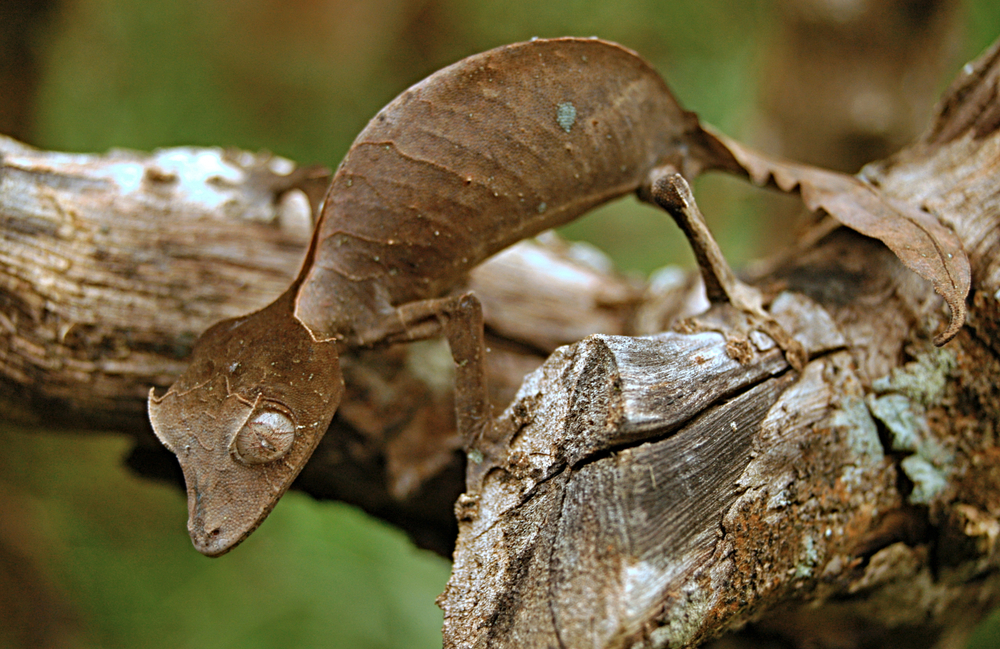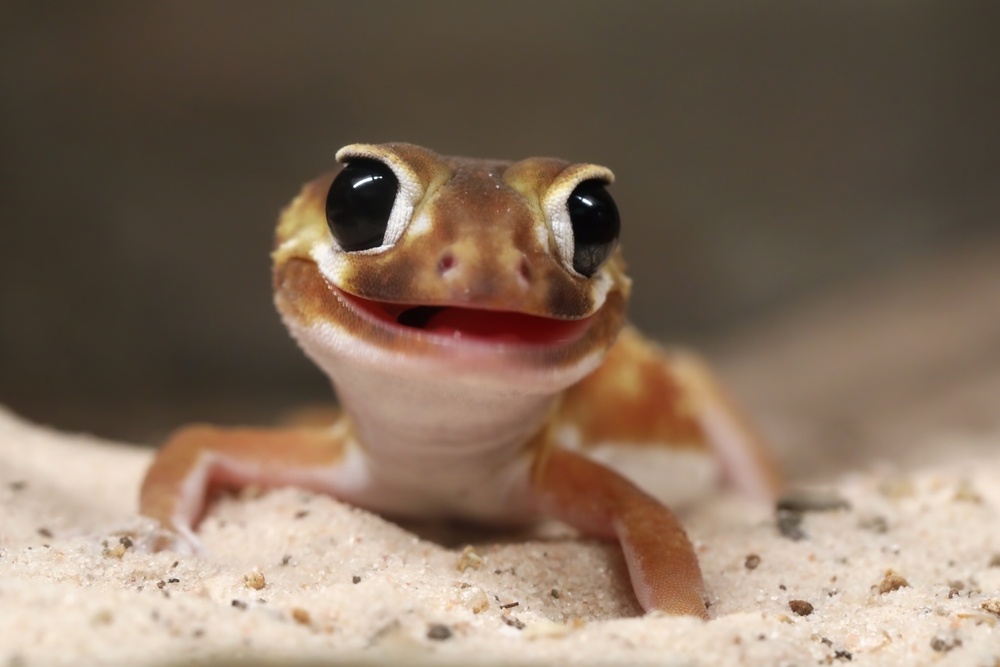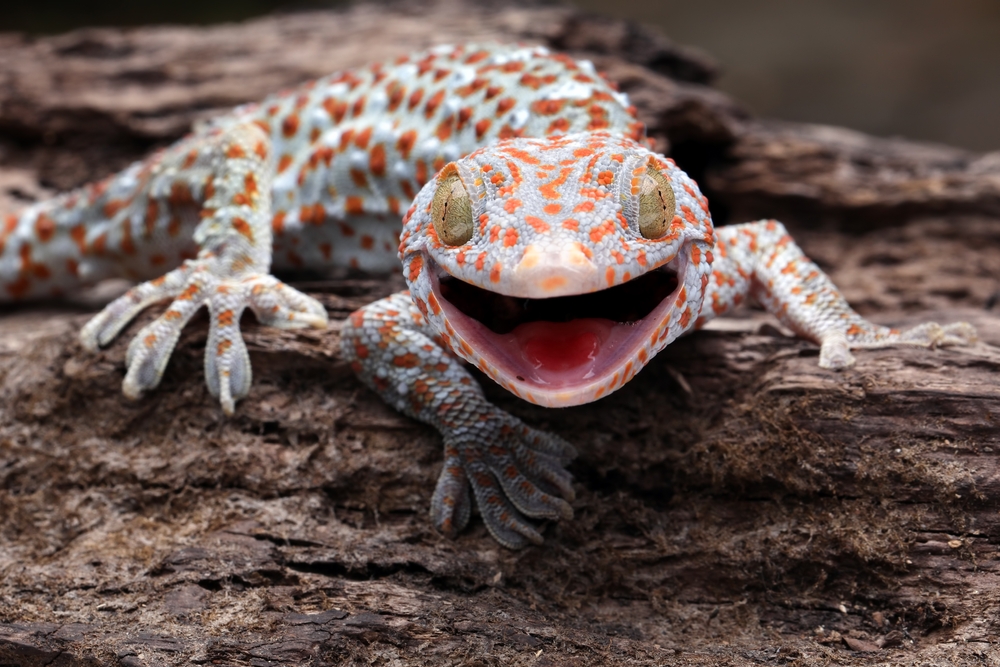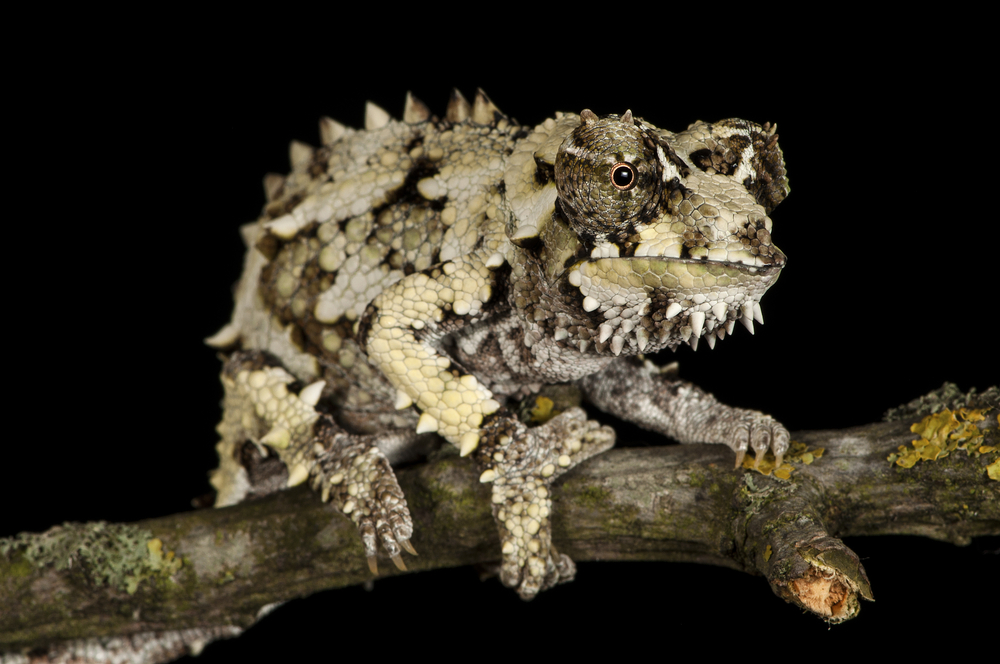Uniqueness
The Vietnamese Cave Gecko is one of the most visually and ecologically distinct geckos in Asia, known for its vivid orange eyes, contrasting banded body, and adaptation to karst cave systems. It belongs to the rare and ancient Goniurosaurus genus—often called the “eyelid geckos”—which stands apart from most modern geckos in both appearance and behavior.
Striking Orange Eyes:
One of the gecko’s most defining features is its glowing copper-orange eyes, which shine brilliantly under low light. These eyes not only aid in nocturnal hunting but also make Goniurosaurus araneus highly photogenic and easily distinguishable from other cave reptiles.
Banded Cave-Camouflage:
Its deep black body with contrasting cream-to-yellow bands provides camouflage in the shadowy and dappled environments of limestone caves and forest floor litter. This bold yet functional pattern makes it both eye-catching and elusive.
Eyelids in a World of Lidless Geckos:
Unlike most geckos that rely on tongue-cleaning and have fixed, lidless eyes, Goniurosaurus species—including G. araneus—possess fully functional eyelids, allowing them to blink and shield their eyes from debris. This feature is rare among geckos and suggests a more primitive lineage.
Karst-Restricted Habitat:
Endemic to a narrow range in northern Vietnam, this gecko inhabits limestone caves, moist leaf litter, and shaded forest crevices. Its dependence on this specific karst ecosystem makes it a microhabitat specialist and highly vulnerable to habitat disturbance.
Quiet, Secretive Behavior:
The species is remarkably calm and slow-moving, relying on stealth and concealment rather than speed or aggression. When threatened, it typically retreats rather than displays or bites—a trait that contrasts with more defensive geckos like Tokays.
Rare in the Wild, Revered in Herpetoculture:
Due to its beautiful markings and gentle temperament, the Vietnamese Cave Gecko is highly sought-after by advanced keepers, though it remains uncommon in captivity and is often bred in conservation-focused programs. Its collection from the wild is discouraged due to habitat fragility and limited range.
The Vietnamese Cave Gecko’s ancient lineage, glowing eyes, and limestone cave specialization make it one of the most enigmatic and elegant terrestrial geckos in the world, a quiet gem of Southeast Asia’s hidden herpetofauna.



































































